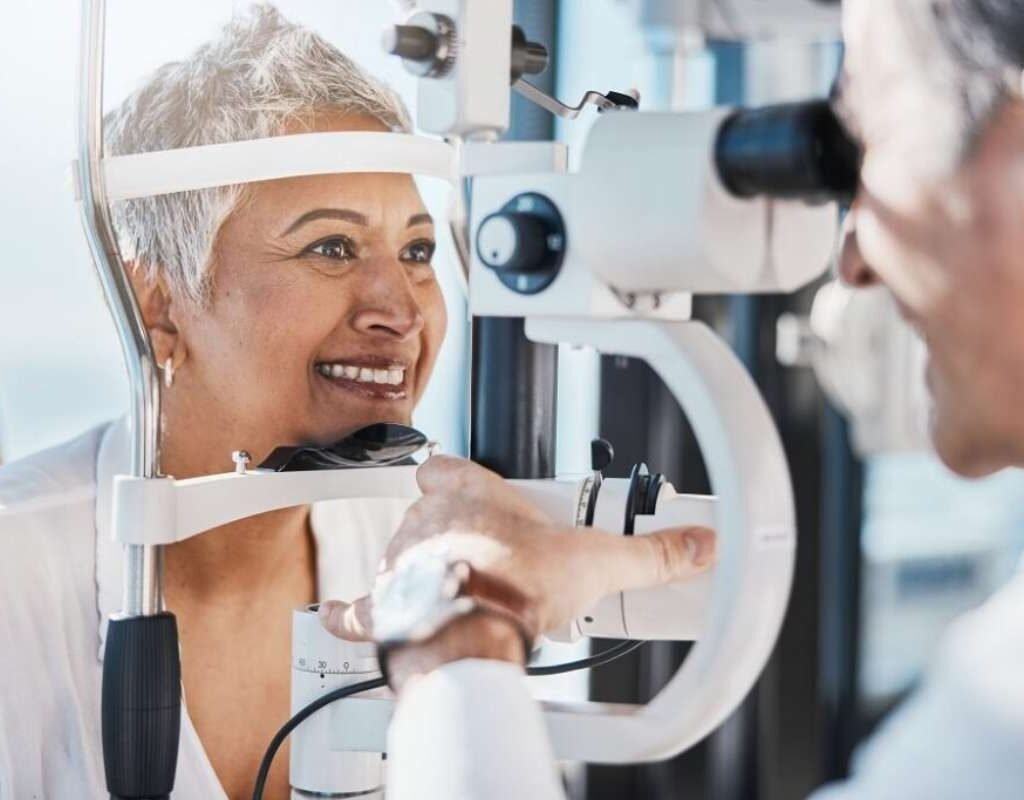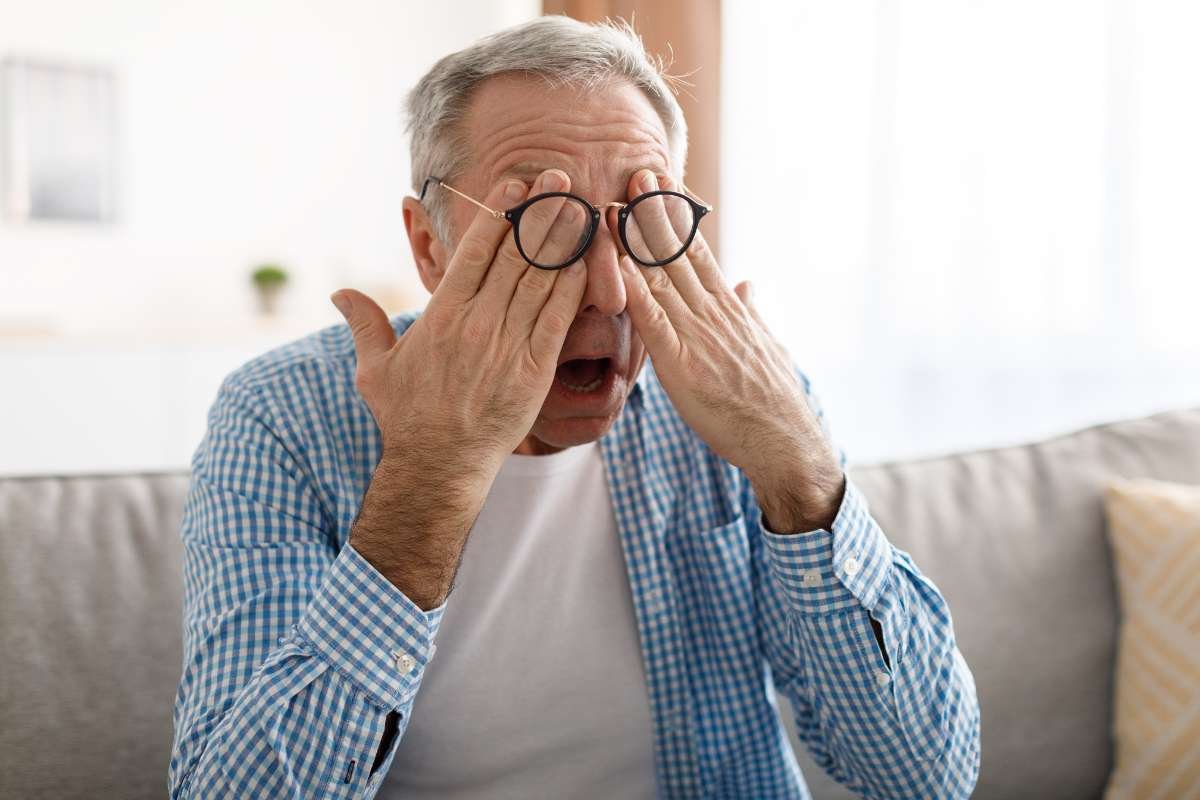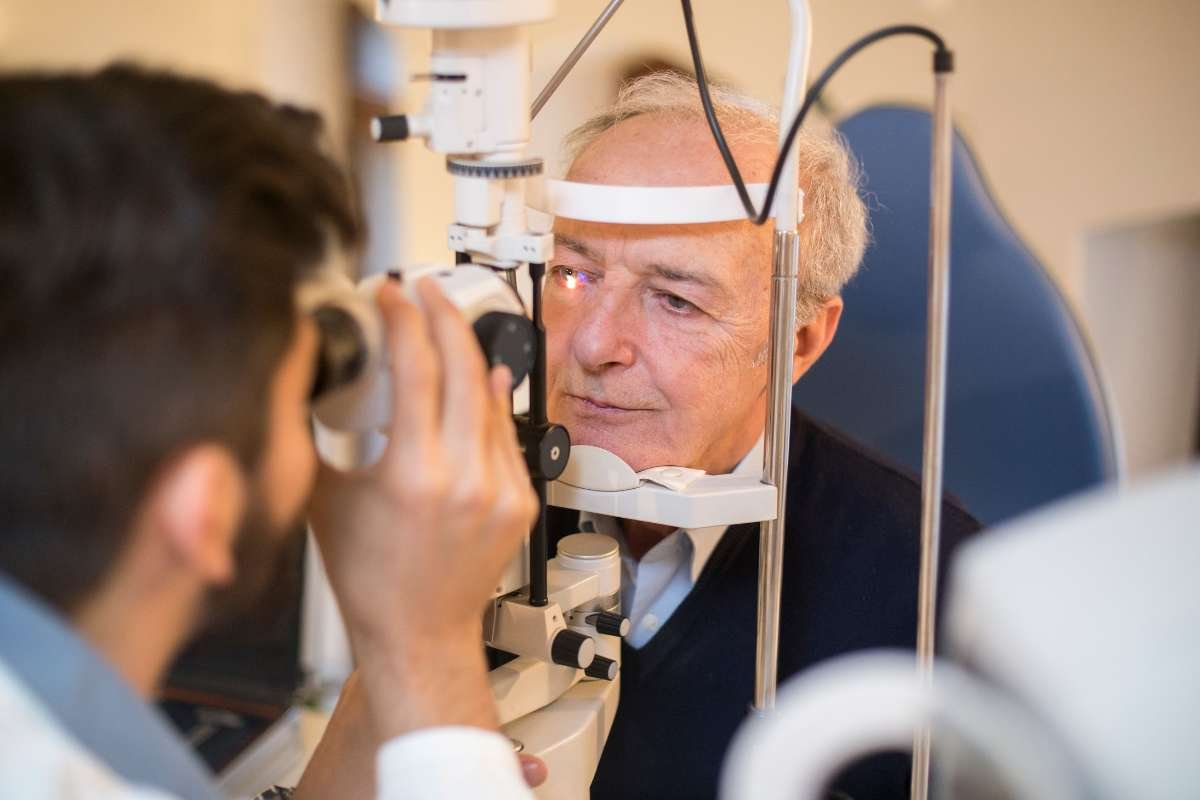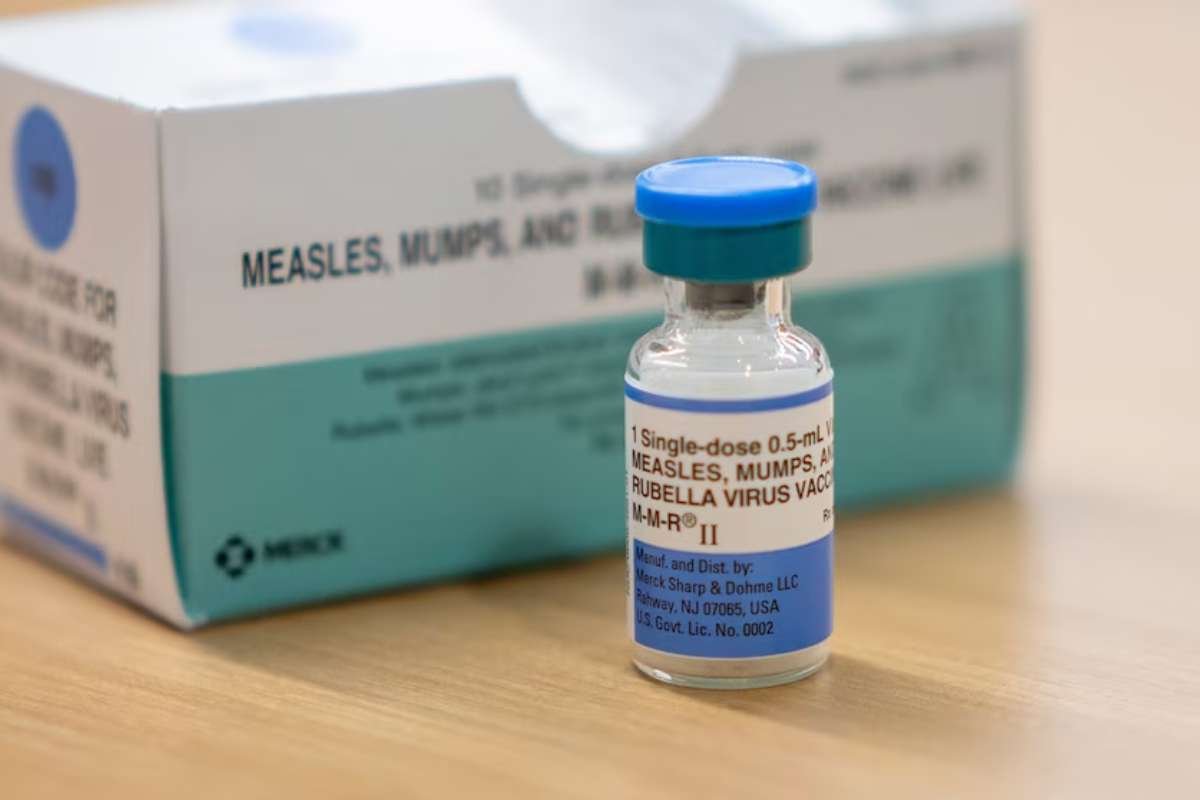Age-related macular degeneration (AMD) is a significant health concern and a leading cause of vision loss among older adults, affecting millions worldwide. This chronic condition primarily impacts the macula, a small area in the retina responsible for sharp, central vision. With an aging global population, understanding AMD, its symptoms, risk factors, and management strategies has become increasingly critical for preserving eye health and maintaining quality of life.
What is Age-Related Macular Degeneration?
Age-related macular degeneration is a progressive eye condition that predominantly affects individuals aged 50 and older. It is characterized by the deterioration of the macula, the part of the retina responsible for fine detail and central vision. While AMD does not cause complete blindness, it can lead to significant visual impairment, making tasks like reading, driving, and recognizing faces challenging.
There are two primary forms of AMD:
Dry AMD
- The most common type, accounting for 80-90% of cases.
- It occurs due to the thinning of the macula and the accumulation of drusen, small yellow deposits beneath the retina.
- Vision loss in dry AMD progresses gradually and is less severe than the wet form.
Wet AMD
- Though less common, wet AMD is more aggressive and leads to rapid vision loss.
- It arises from the growth of abnormal blood vessels under the retina, which leak fluid or blood, causing damage to the macula.
- Wet AMD can severely distort central vision and requires urgent medical attention.
Dry vs. Wet Macular Degeneration: What You Need to Know to Protect Your Vision

Symptoms of Age-Related Macular Degeneration
Age-related macular degeneration often begins without noticeable symptoms, particularly in its early stages. As the condition progresses, individuals may experience:

- Blurry or fuzzy central vision: A hallmark of AMD, making it difficult to focus on details.
- Difficulty with tasks requiring focus: Such as reading, sewing, or recognizing faces.
- Distorted or wavy lines: Straight lines may appear bent, a symptom known as metamorphopsia.
- Dark or empty spots: A shadow or blind spot may appear in the central field of vision.
These symptoms underscore the importance of routine eye check-ups, especially for those over 50. Early detection can significantly impact the effectiveness of management strategies.
Risk Factors for AMD
A combination of genetic, environmental, and lifestyle factors contributes to the development of age-related macular degeneration. Key risk factors include:
Age
- The strongest predictor of AMD.
- Risk increases substantially after the age of 50, with prevalence rising with each passing decade.
Genetics
- A family history of AMD significantly raises the likelihood of developing the condition.
- Genetic predispositions linked to specific gene variants also play a role.
Lifestyle Choices
- Smoking: Smokers have double the risk of AMD compared to non-smokers.
- Poor Diet: Diets lacking in antioxidants, omega-3 fatty acids, and essential nutrients can increase risk.
Health Conditions
Chronic illnesses like hypertension and obesity are associated with an elevated risk of AMD.
Ethnicity
Studies suggest that Caucasians may have a higher risk of AMD compared to other ethnic groups.
Preventing and Managing Age-Related Macular Degeneration
Although there is no cure for AMD, proactive steps can help reduce the risk of onset and slow its progression.
1. Maintain a Healthy Diet
- A diet rich in green leafy vegetables, fruits, nuts, and fish supports eye health.
- Foods high in lutein and zeaxanthin, such as spinach and kale, are particularly beneficial for the macula.
- Omega-3 fatty acids from fish like salmon may reduce the risk of AMD progression.
2. Regular Eye Exams

- Annual or biennial comprehensive eye examinations are essential for early detection.
- Dilated eye exams allow ophthalmologists to identify early signs of AMD, even before symptoms appear.
3. Lifestyle Modifications
- Quitting smoking is one of the most effective ways to lower AMD risk.
- Regular exercise and weight management can improve overall eye health.
4. Supplements for Eye Health
- Supplements based on the Age-Related Eye Disease Study (AREDS) formulation have shown efficacy in slowing the progression of intermediate to advanced AMD.
- Common AREDS ingredients include vitamin C, vitamin E, zinc, copper, and beta-carotene or lutein/zeaxanthin.
5. Medical Treatments for Wet AMD
- Anti-VEGF Therapy: Injections of anti-vascular endothelial growth factor (anti-VEGF) medications can inhibit the growth of abnormal blood vessels.
- Laser Therapy: In some cases, laser treatments are used to destroy abnormal blood vessels.
Living with Age-Related Macular Degeneration
Adapting to vision changes caused by AMD is crucial for maintaining independence and quality of life. Practical strategies and tools can help individuals cope with the challenges of vision loss:
1. Low-Vision Aids
Magnifiers, specialized glasses, and electronic devices can enhance visual capabilities for daily tasks.
2. Home Modifications
Improved lighting and high-contrast materials make it easier to navigate and complete tasks.
3. Technology Assistance
Adaptive technologies like screen readers and text-to-speech software enable individuals with AMD to stay connected and productive.
4. Emotional Support

Vision loss can take an emotional toll, leading to frustration or isolation. Support groups and counseling services provide valuable coping mechanisms.
Research and Advances in AMD
Ongoing research into AMD holds promise for improved treatments and potential cures. Emerging areas of study include:
1. Gene Therapy
Targeting specific genetic mutations linked to AMD to slow or prevent disease progression.
2. Stem Cell Therapy
Investigating the regeneration of damaged retinal cells using stem cells.
3. Advanced Imaging Techniques
- Enhancing early detection and monitoring of AMD through improved imaging technology.
- These innovations underline the importance of staying informed and seeking cutting-edge care options.
Conclusion
Age-related macular degeneration is a prevalent condition with significant implications for individuals and society. By understanding its symptoms, risk factors, and management strategies, individuals can take proactive steps to safeguard their vision and quality of life.
Routine eye exams, a nutrient-rich diet, and healthy lifestyle choices are critical in combating the effects of AMD. Additionally, embracing low-vision aids and supportive technologies can help those living with AMD adapt to their changing vision.
As research advances, hope continues to grow for improved treatments and possibly a cure for AMD. In the meantime, taking charge of your eye health remains the best defense against the challenges posed by age-related macular degeneration.







